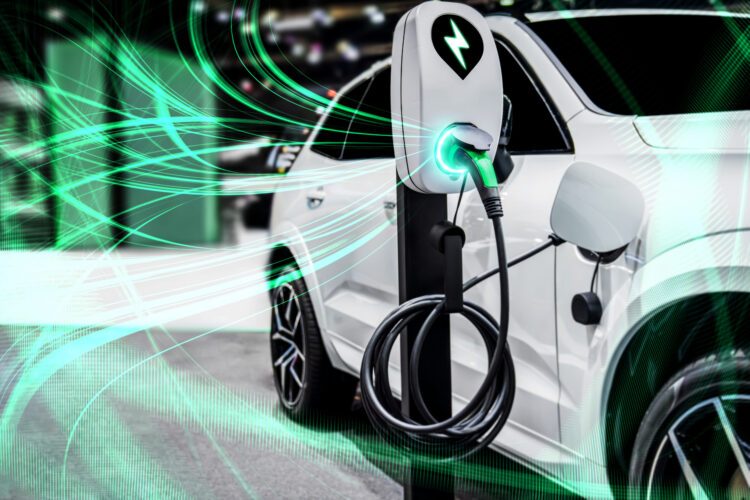History of Electric Vehicles
The history of electric vehicles in Nepal dates back to 1975 when the first ever electric trolley bus was launched in Nepal. Later, in 1995, the Safa tempo was launched. It was the battery-based 3-wheeler, which marked a historical avenue in the public transport sector of Nepal.
Having a long history of EVs, the Nepalese people wholeheartedly welcomed the cosumer electric vehicles that arrived later on the market.
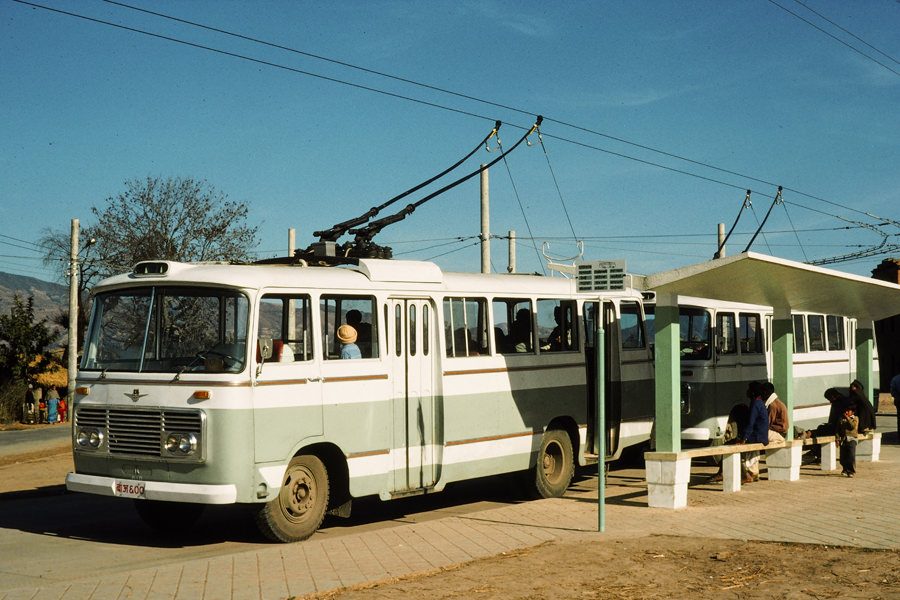
However, despite the past dated history of EVs, it took a hike in fuel prices and a ban on the import of natural fuel-based vehicles to make consumer electric vehicles seem completely ordinary. An obvious reason for it to take forever is the government’s unprofessed behavior towards EVs. Also, one other reason might be the lack of proper charging stations around the country.
It was only in January 2018 that the government of Nepal bought its first electric vehicle. The top advisory body of the government of Nepal, the National Planning Commission, bought the government’s first EV, the BYD e6 model. It is a Chinese model that has been in high demand in recent times in Nepal.
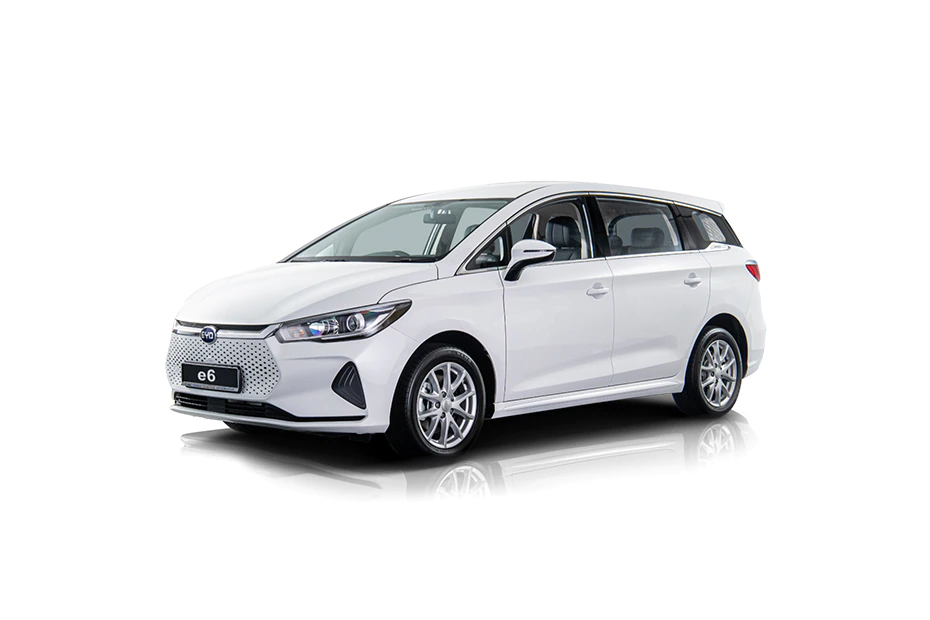
Currently, the situation is exactly the opposite of the initial days of private EVs. While on one hand, the government banned the import of petrol and diesel-based vehicles, private companies, as well as the government (NEA), are also taking charge of making more and more charging stations. Only banning fuel-based vehicles would certainly not encourage people to waste millions of rupees on buying an electric vehicle. It is the promising features of EVs as well as the growing number of charging stations that mirror electric vehicles’ future in Nepal that will be positive.
The companies like Tata, Hyundai, BYD, and MG have set up their own charging stations in Nepal. Besides this, Nepal Electricity Authority has set up over 50 charging stations across the country. Check the list out below, to find the charging stations near you:
Electric Vehicles Charging Network In Nepal
NEA Charging Stations (Cities)
| Birtamod | Damak | Biratnagar | Belaka | Itahari | Sunsaari |
| Lahan | Bardibas | Sindhulimadi | Khurkot | Banepa | Pathalaiya |
| Muglin | Chitwan | Hetauda | Dharke | Pokhara | Bardaghat |
| Chandrauta | Lamahi | Kohalpur | Lamki | Attaiya | Surkhet |
| Mahendranagr | Kathmandu |
Hyundai Charging Stations
- New Shiv Service Center (Baneshwor, Kathmandu)
- Hyundai Sales (Naxal, Kathmandu)
- Hyundai Sales (Thapathali, Kathmandu)
- LI Quick Service (Tinkune, Kathmandu)
- Labim Mall (Pulchowk, Lalitpur)
- LI Auto Services (Kupandole, Lalitpur)
- Waterfront Resort (Pokhara)
- Hotel Barahi (Pokhara)
- Pokhara Grande Hotel (Pokhara)
- Bindhya Service Center (Pokhara)
- Barahi Service Center (Pokhara)
- Siddhi Binayak Services (Butwal)
- Jagat Motors (Bhairahawa)
- New Rider Services (Dang)
- Him Intercontinental (Nepalgunj)
- Dinesh Four Wheels (Dhangadi)
- Pathivara Auto Link (Itahari
- Orchid Motocorp (Birgunj)
- Royal Auto World (Biratnagar)
- Pinnacle Service Center (Bharatpur)
- Alliance Motors (Birtamod)
Tata Charging Stations (Cities)
Tata has set up 19 fast charging stations already in the country. It is setting up more stations in restaurants, hotels, malls, and showrooms all across Nepal.
| Kathmandu | Dharke | Chumlingtar | Hetauda | Narayanghat |
| Mulkot | Dhalkebar | Lahan | Simara | Birtamode |
| Itahari | Bhairahawa | Nepalgunj | Bhaluwang | Dhangadhi |
BYD Charging Stations (Cities)
| Kathmandu | Bhaktapur | Hetauda | Bardibas | Itahari |
| Chitwan | Lumbini | Butwal | Pokhara |
MG Charging Stations
- Pokhara’s Showroom (Pokhara)
- Hotel Landmark (Pokhara)
- Temple Tree Resort and Spa (Pokhara)
- MG Showroom (Chitwan)
- Landmark Forest Park Hotel (Chitwan)
- Royal Century Hotel (Chitwan)
- MG Showroom (Butwal)
- Makalu Hotel (Birgunj)
- Gunj Hotel (Bardiwas)
- Komal Hotel (Dhalkebar)
- MG Showroom (Biratnagar)
- MG Showroom (Birtamod)
- Akshit Resort and Rafting (Mulkot)
The Current Electric Vehicles Scenario in Nepal
The continuous and rapid increase in fuel prices has directly given rise to the import of electric vehicles (EVs) in Nepal. Although the short-term profit in buying fuel-based vehicles has not completely left the sight of Nepalese people, the increase in electric vehicle demand is commendable. The only apparent need for the present is to supply these electric superheroes as much as possible, to cache the popular demand.
For the first time ever in the history of Nepal, electric cars eked out petroleum-based cars in terms of import. The impact of COVID-19 on the Nepalese market has prompted the Nepalese government to ban the import of all-natural gas-powered vehicles beginning in April 2022. The ban was extended till the end of August of the same year.
Besides COVID-19, the Russia-Ukraine war has become one of the reasons behind the hike in the price of natural gas. As a result, the early months of the fiscal year 2079–80 saw a huge rise in the import of EVs, especially in comparison to the import of vehicles that use natural fuel.
Electric Vehicles Market Data in Nepal
As per the Department of Customs data, in the fiscal year 2021/22, Nepal imported 1,807 EVs, among which 823 were from China, which made China the biggest exporter of EVs to Nepal. Similarly, the second major import of electric vehicles was from India, which was 696, followed by the imports from Japan and the UK, which were 78 and 23, respectively. Similarly, just a single EV was imported from France while the rest of the others were delivered from other countries. The motor capacity of most of these imported EVs ranged between 100 kilowatts and 150 to 200 kilowatts.
In comparison to the fiscal year 2020/21 when the electric vehicle import was only 261 in number, the 2021/22 fiscal year foresaw a significant peak.
Due to the increased mileage provided by newly launched two-wheelers, 2-wheeler EVs have also been gaining market share. A total of 5,455 electric motorcycles were imported into the country in the fiscal year 2021-22, doubling the number from the previous fiscal year.
3- and 4-wheeler EVs are also gaining popularity across the country.While the plains of Nepal have long ago adopted a 3-wheeler EV culture, 4-wheelers like theeGo Danfe and BYD M3 are running on the city roads and highways of Nepal.
Where does Nepal import Electric Vehicles from?
The notable electric vehicles imported from China include Hozon Neta V and BYD. And from India, TATA has been a top choice for import. Also, Hyundai from Korea, Tesla from the United States, and Toyota and Honda from Japan are amongst the EV brands of the utmost import value in Nepal. Apart from these, some of the most awaited EVs include MG ZS, Tata Nexon, Hyundai Kona, Kia Niro, Mahindra E20, Nissan Leaf, theeGO, BYD, and Tesla.
As for the 2-wheeler EVs, Hero Electric, NIU, Super SOCO, Yadea, AIMA, Lvneng, and Joy-ebike are some of the popular brands. Among these brands, Lvneng, NIU, Yadea, Super SOCO, and AIMA are from China, while Hero and Joy-ebike are from India. Apart from these, TailG, Luyuan, Raymotoss, EUTRIC, and Miku are the companies that launch and sell bikes or scooters in Nepal.
Does Nepal Have Its Own Electric Vehicle Company?
Yes! The news of Nepal’s own 2-wheeler, “Yatri,” came as a matter of joy and pride to all Nepalese. The company, “Yatri Motorcycles,” founded by Ashim Pandey, launched its electric bike in 2020, which drew the attention of the whole nation. This still remains a popular topic across the country, as people follow the new launch, upgrades, new additions, and features of the Yatri bike.
This bike was launched under the name “Project Zero.” The Yatri company aims to reinvent urban mobility under the roof of a sustainable ecosystem. It’s people’s choice and comfort to buy what they want, especially with private transport being a matter of luxury. However, promoting a local brand is always a good idea!
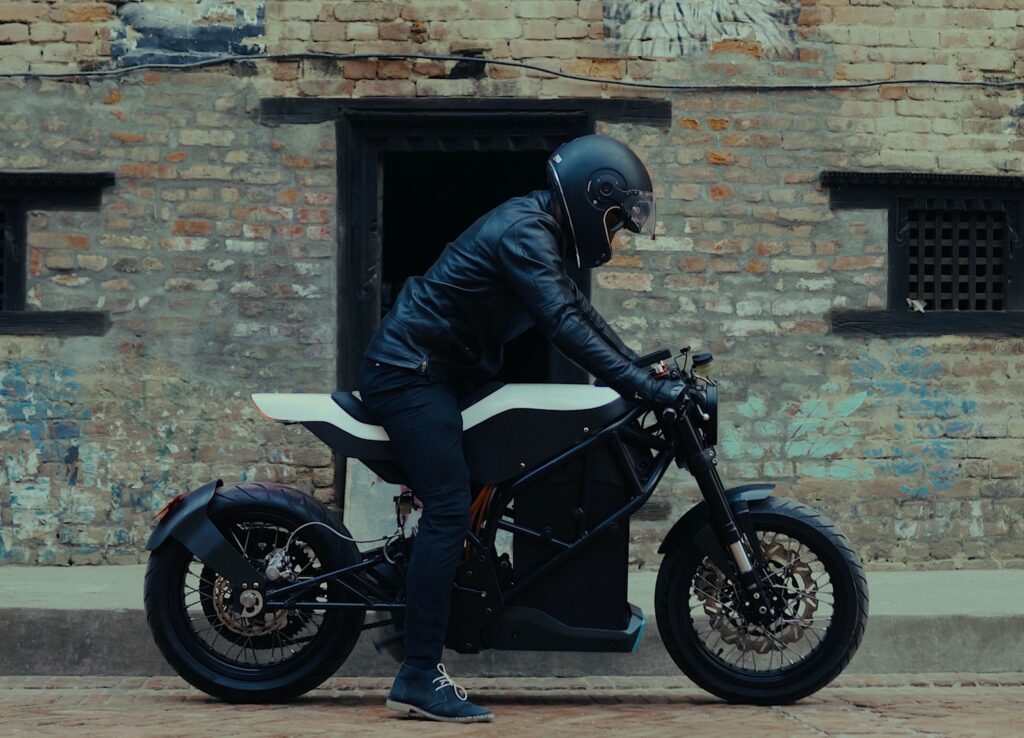
Taxation on Electric Vehicles in Nepal: Is the government fully supportive of EVs?
The fiscal years 2020–21 can undoubtedly be called the dark years for EVs. The government set excise duties on EVs from 30 to 70% based on their motor capacity. Similarly, the customs duty on electric vehicles was set at 60%. People were outraged by the then-finance minister, Yuba Raj Khatiwada’s budget decision. It was because of his rash decision to levy a tax on electric vehicles.
To redeem it, in the fiscal years 2021–22, the then finance minister, Bishnu Paudel, reduced the customs duty. It reached 10%, as it was previously, and removed the excise duty completely. This decreased the price of EVs in Nepal, with a hike in the supply and demand for the vehicles.
However, Finance Minister Janardan Sharma reestablished the tax rate on imported EVs. In the new fiscal year, 2022–23, the government set excise duty on EVs to 30% on vehicles having a motor capacity ranging from 100 to 200 kW.
Similarly, for vehicles ranging from 201 to 300 kW capacity, the excise tax levy is 45%, while for those once above 300 kW, it is 60%.
As a result, the price of EVs is again on the increase. The government’s plan to make Nepal fully electric by 2031 is at stake with this rise. And the promise of sustainability with the promotion of eco-friendly means remains unfulfilled by the government.
What’s next?
EV imports alone generated over Rs. 1.43 billion in revenue for Nepal’s government in the fiscal year 2021/22. Even though Rs 5.29 billion was spent on imports, the government undeniably benefited. On that account, it’s fair to believe that EVs not only guarantee the comfort of the citizens but benefit the government too.
Regardless of the growing number of imports, the demand is still not met, complain the dealers of EVs in Nepal. When the limited charging station, condition is such, it can be outrightly believed that EV is the future of automobiles in Nepal.
Prices of Popular Electric Vehicles in Nepal
4-Wheelers:
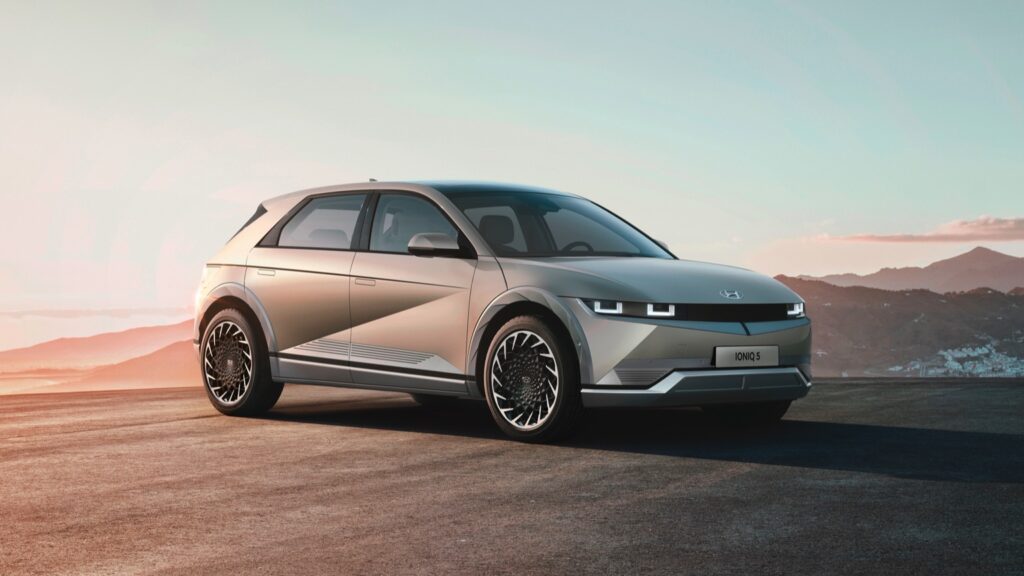
| Model + Variant | Price |
| Hyundai Ionic 5 (EV GLS vision roof) | Rs. 1,16,96,000 |
| Hyundai KONA (GL 100 KW) | Rs. 6,096,000 |
| Hyundai KONA (GLS 100 KW) | Rs. 6,296,000 |
| BYD New e6 (522 km) | Rs. 57,50,000 |
| BYD e6 (400 km) | Rs. 80,00,000 |
| BYD M3 (7 seater) | Rs. 42,50,000 |
| BYD T3 (2 seater) | Rs. 40,50,000 |
| Tata Nexon (XM) | Rs. 37,99,000 |
| Tata Nexon (XZ+) | Rs. 39,99,000 |
| Tata Nexon (XZ+Lux) | Rs. 41,99,000 |
| MG ZS EV (G.LUX) | Rs. 50,99,000 |
| Kia Niro EV | Rs. 69,90,000 |
| GWM Ora Good Cat (Tech-47.7kWh) | Rs. 39,99,000 |
| GWM Ora Good Cat (Pro-47.7kWh) | Rs. 43,39,000 |
| GMW Ora Good Cat (Ultra-63.1kWh) | Rs. 47,99,000 |
| Nissan Leaf | Rs. 64,99,000 |
| Derry EV7 | Rs. 21,50,000 |
| Derry EM7 | Rs. 21,00,000 |
| Tesla Model 3 Standard Range | Rs. 1,25,00,000 |
| Tesla Model 3 Performance | Rs. 1,45,00,000 |
| Tesla Model 3 Long Range AWD | Rs. 1,67,00,000 |
| Tesla Model Y Long Range | Rs. 1,65,00,000 |
| Tesla Model Y Performance | Rs. 1,95,00,000 |
| Tesla Model X Long Range | Rs. 2,45,00,000 |
| Tesla Model X Performance | Rs. 2,55,00,000 |
| Tesla Model X Plaid | Rs. 2,85,00,000 |
| Neta V | Rs. 38,00,000 |
2-Wheelers
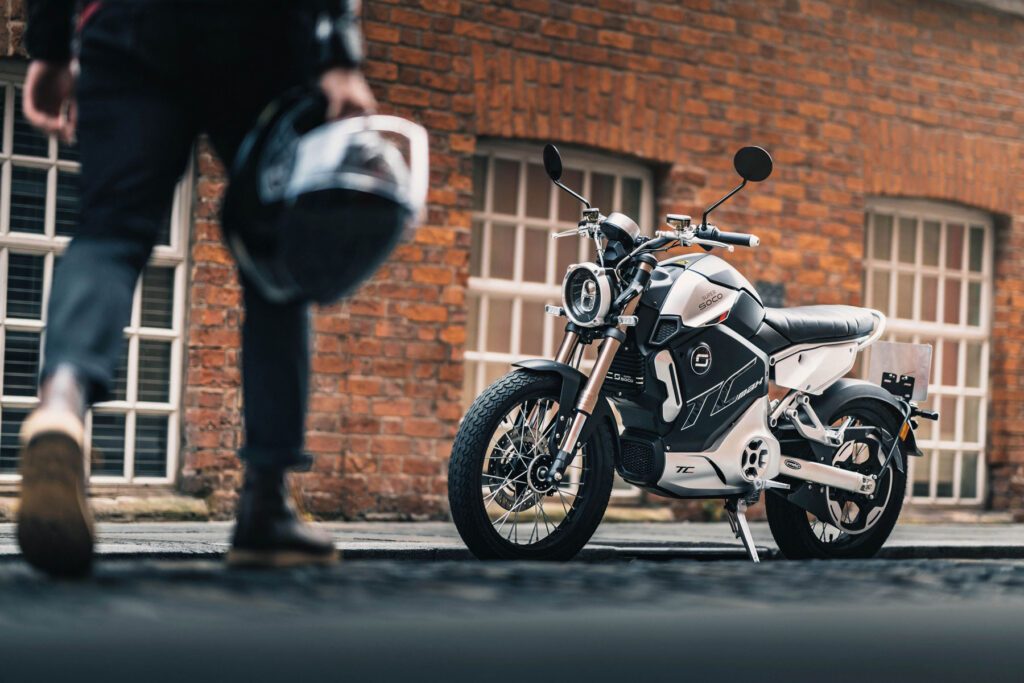
| Miku Max | Rs. 2,24,900 |
| Miku Super | Rs. 3,96,900 |
| Epluto 7G | Rs. 2,75,000 |
| NEO Etrance | Rs. 2,60,000 |
| ETRYST 350 | Rs. 3,99,000 |
| One Electric | Rs. 3,20,000 |
| Super Soco TS Street Hunter Bike 100 km | Rs. 3,79,900 |
| Super Soco TS Street Hunter Bike 200 km | Rs. 4,79,900 |
| Super Soco CUX Scooter standard colors | Rs, 2,69,900 |
| Super Soco CUX Scooter luxury colors | Rs. 2,79,900 |
| Super Soco TC MAX | Rs. 4,99,900 |
| AIMA Tiger Saber X612 | Rs. 5,15,000 |
| AIMA Tiger Saber X611 | Rs. 4,58,000 |
| AIMA Tiger S5 | Rs. 1,84,000 |
| Mine Plus | Rs. 1,74,000 |
| SEGWAY E100 | Rs. 2,91,000 |
| SEGWAY E125 | Rs. 3,76,000 |
| EUTRIC Rise | Rs. 4,68,000 |
| EUTRIC Ride pro | Rs. 4,15,000 |
| Mighty pro | Rs. 3,90,000 |
| Ride-HS | Rs. 3,40,000 |
| TAILG Tiger | Rs. 2,17,000 |
| TAILG Lion | Rs. 3,50,000 |
| LUYUAN MNK3 | Rs. 1,74,000 |
| LUYUAN S30 | Rs. 2,54,000 |
| Raymotoss Rider R1 | Rs. 2,55,000 |
| Raymotoss Storm | Rs. 2,95,000 |
| Raymotoss Storm Pro | Rs. 3,45,000 |
